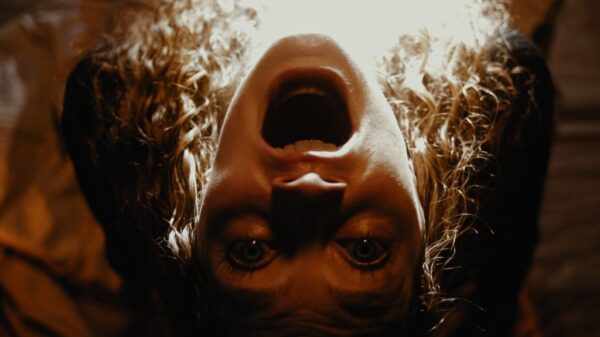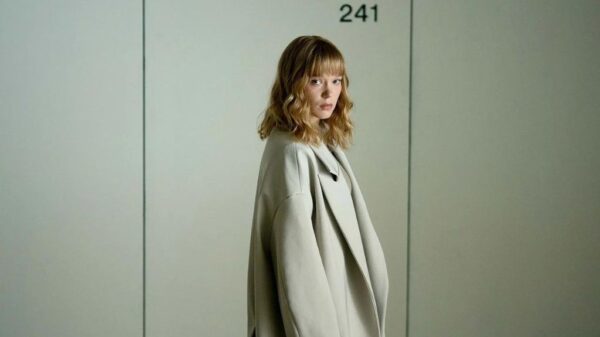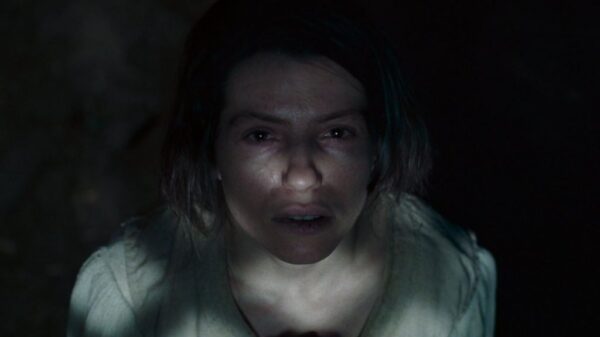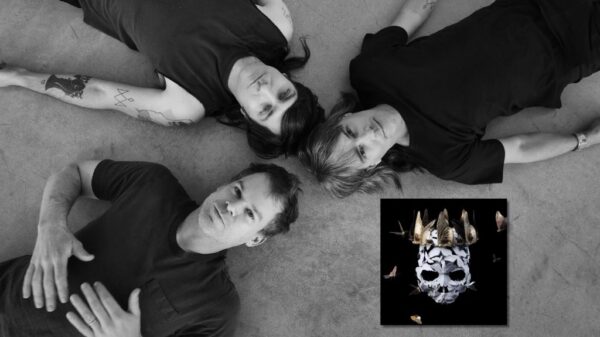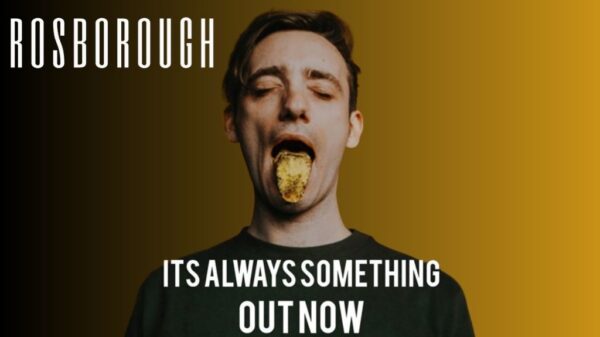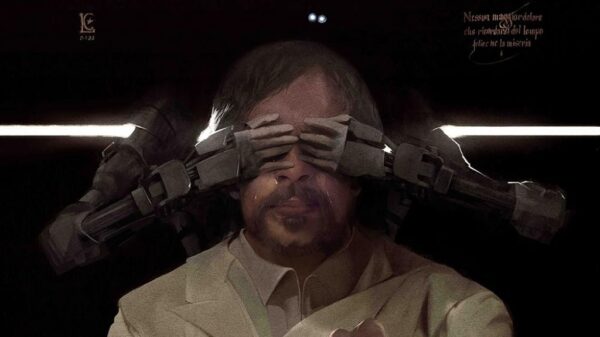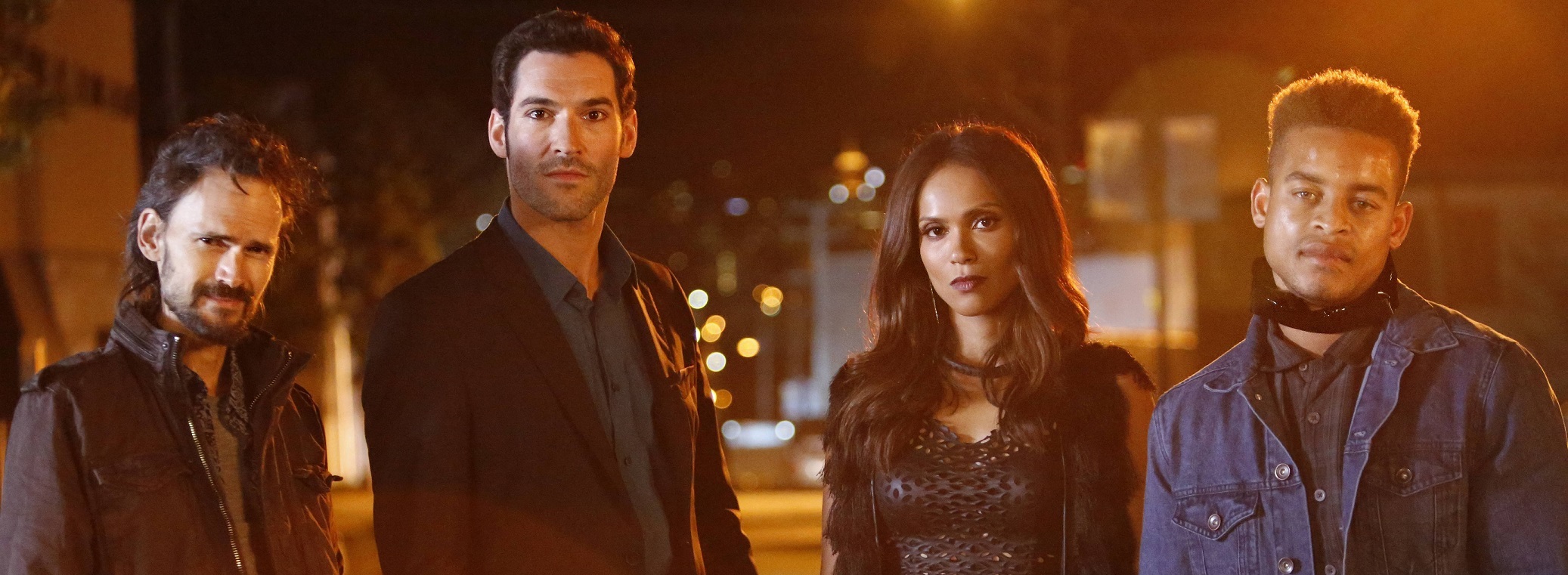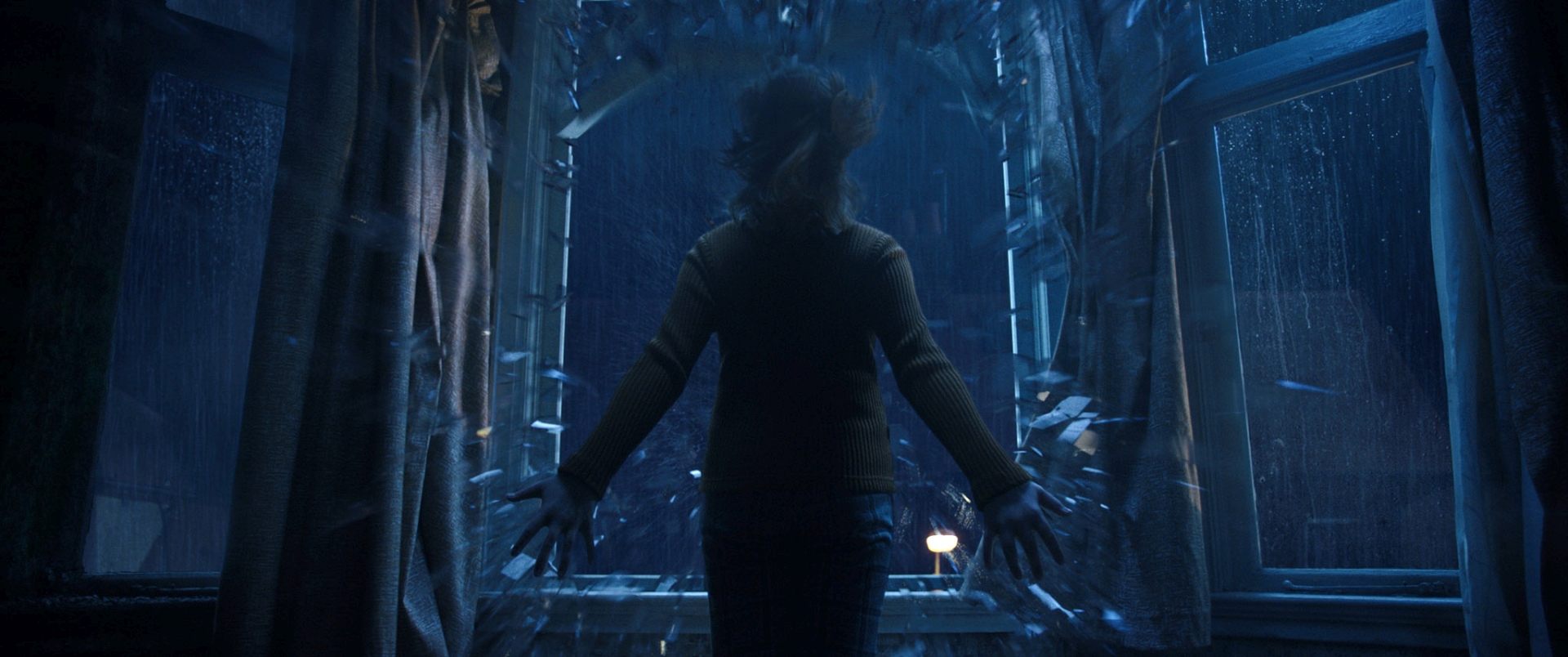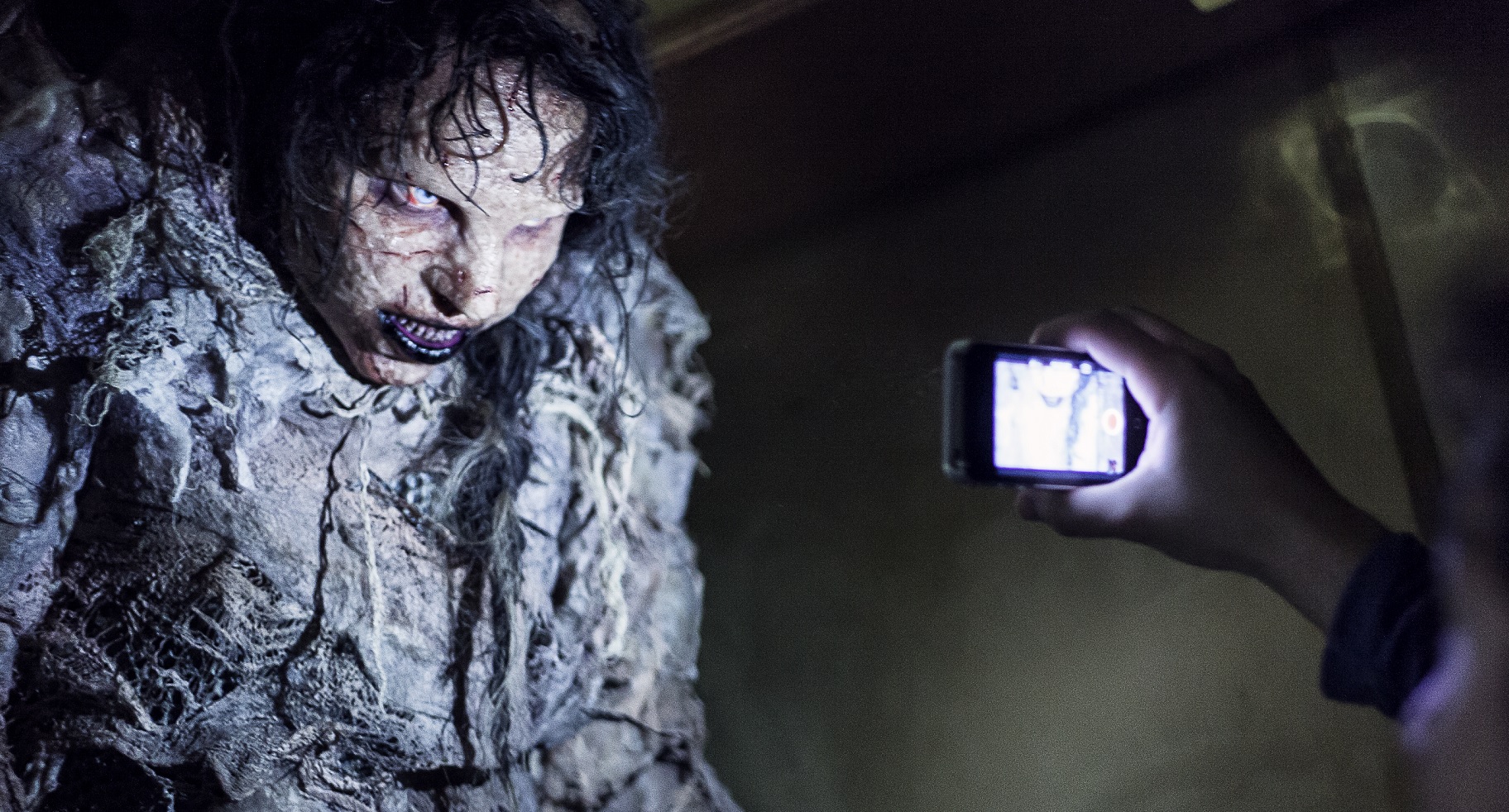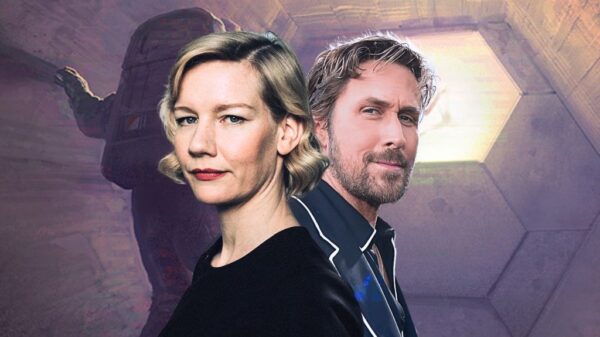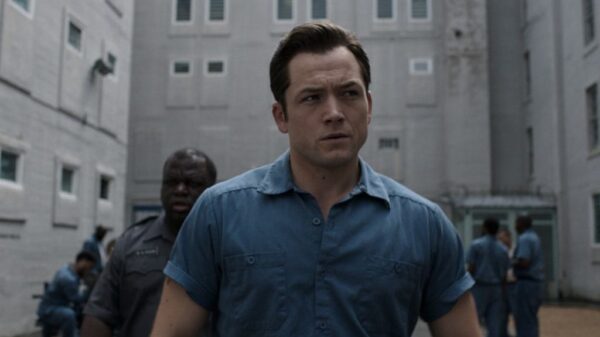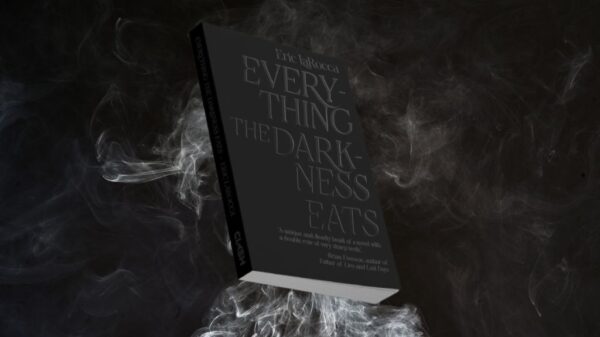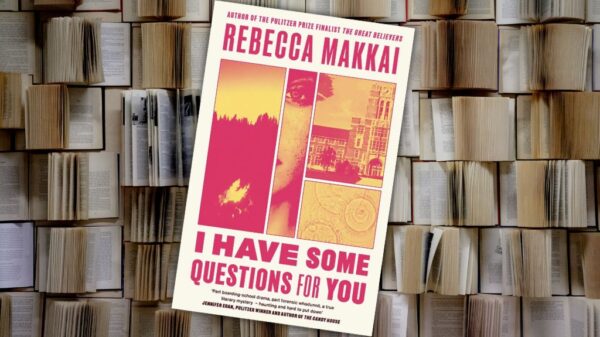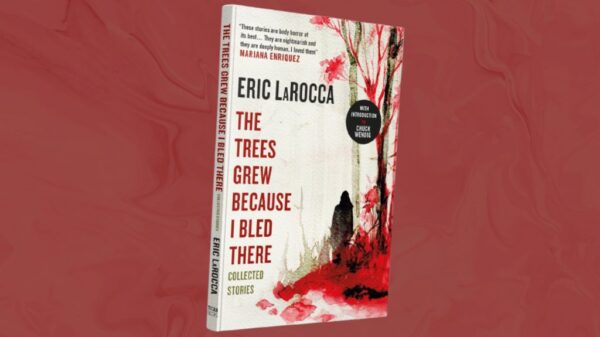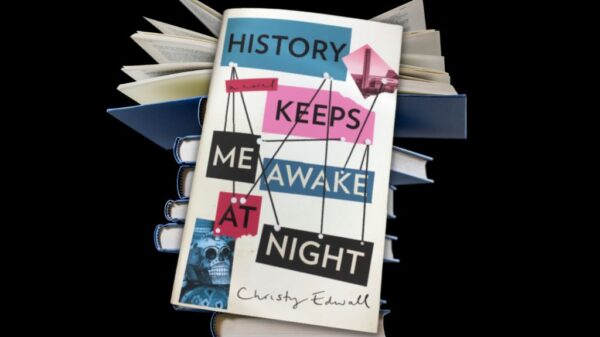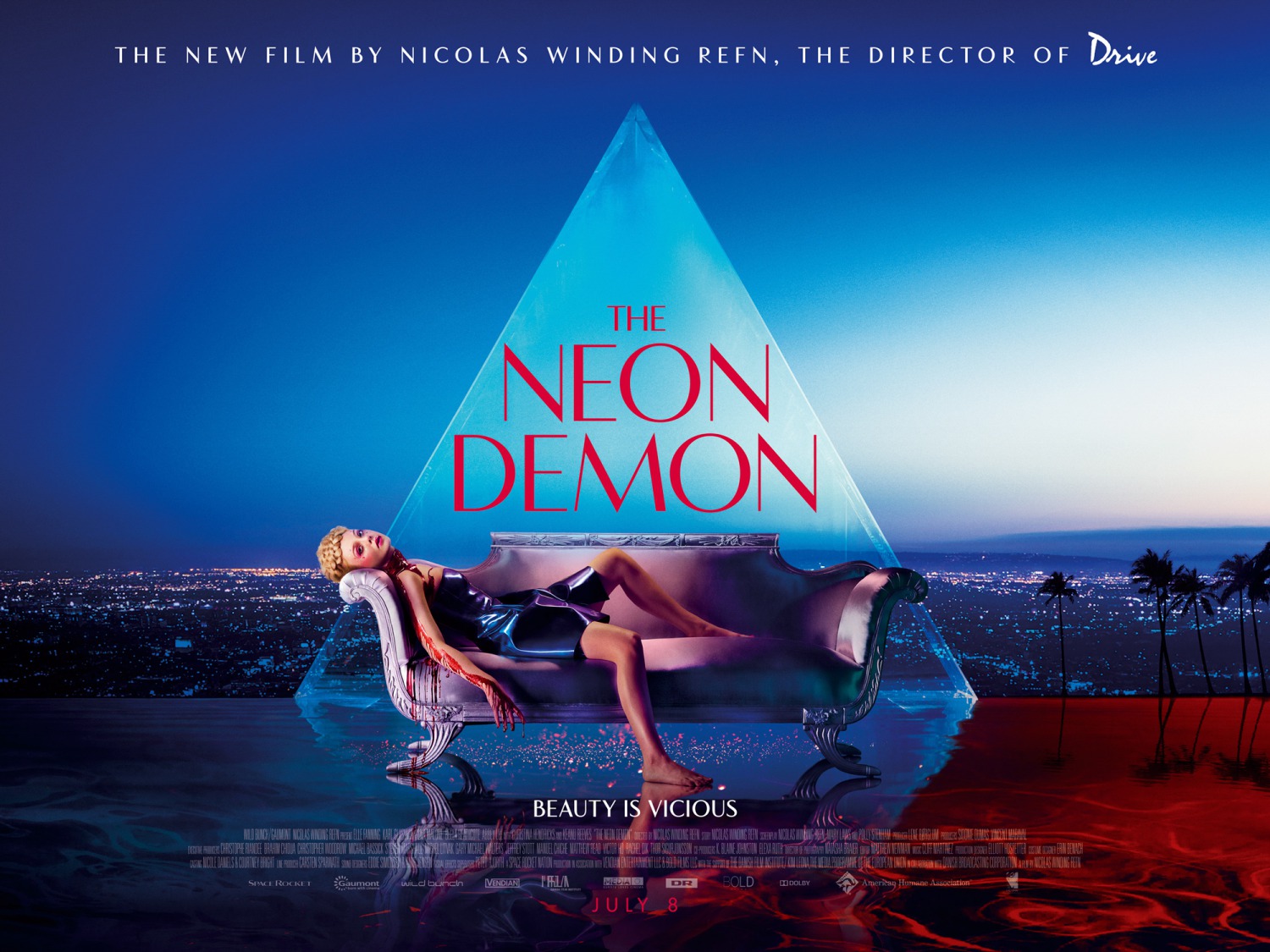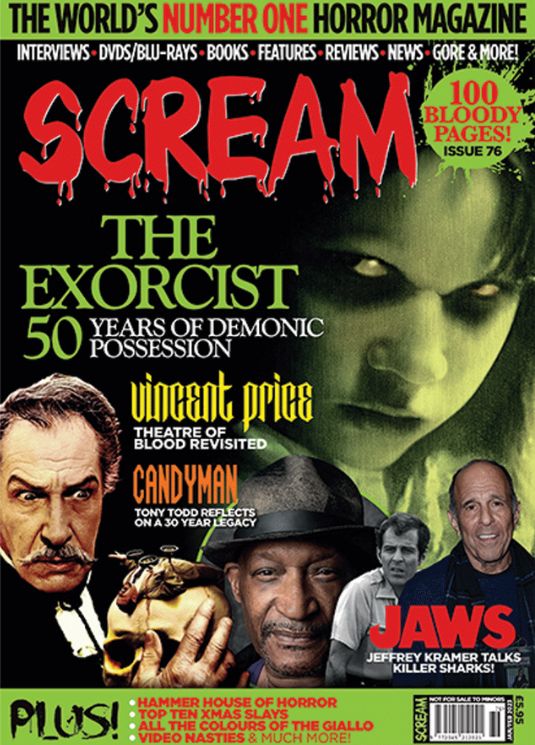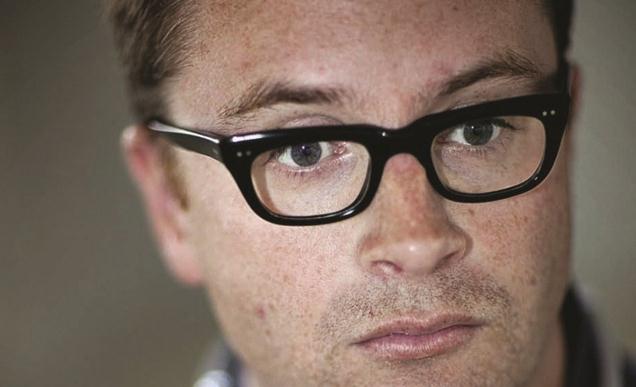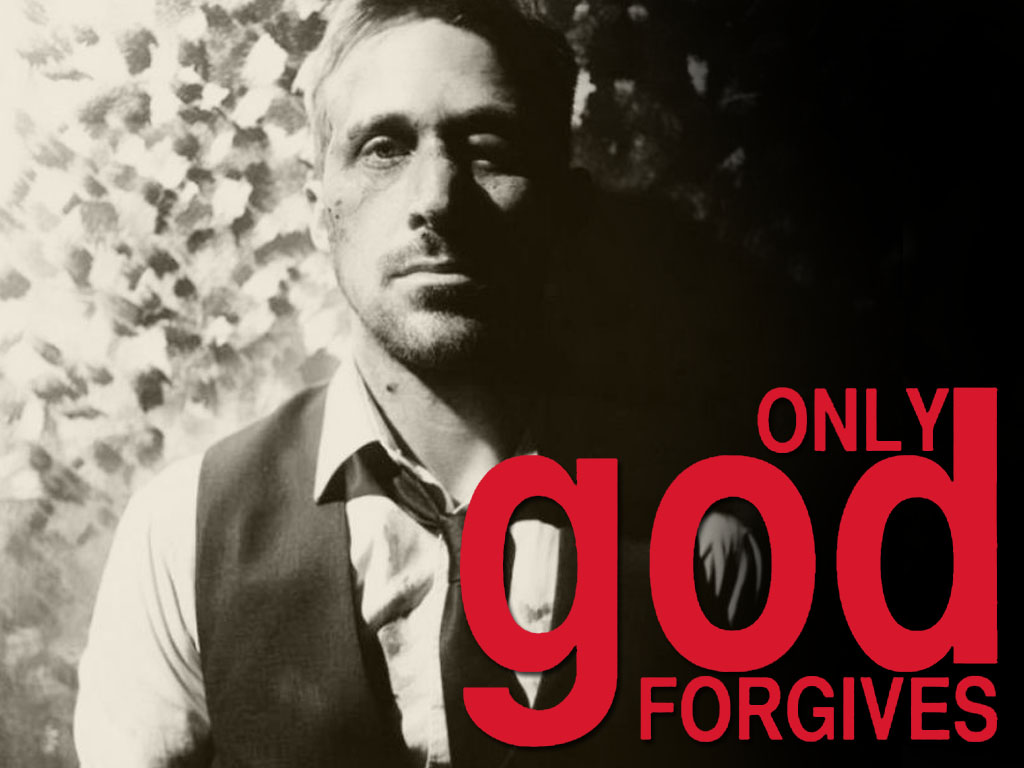Nicolas Winding Refn has become something of a cause celebre in the modern cinematic landscape. It’s tough to think of another director viewed so diametrically in the current climate; lauded by some as a genius, reviled by others as a snobbish hack.
He is a whirlwind whose distinctive vision and desire to court controversy makes his cinema, no matter how you perceive it, almost unmissable. Now, three years after the most divisive film of his career to date, Only God Forgives, Refn returns with another exercise in visceral style, The Neon Demon, a film that I believe stands as his most interesting and self-reflexive feature to date; one that directly draws on the preconceived ideas of Refn as a filmmaker himself, while evocatively standing as something of a modern exploitation masterpiece in its own right.
The Neon Demon follows Jesse, an aspiring model whom comes to LA to fulfil her dreams. Instantly, those around her realise she is something else…something special. And such a unique gift proves to unleash something dangerous; in her competition, in the men who would make her a muse, and most troubling of all…within herself. The very first images of the film absolutely evoke the themes and distinct identity Refn channels for the film in startlingly vivid fashion. Refn opens the credits placed over what appears to an empty landscape whose texture shifts as various shades of neon light caress its surface, mutating from warmth to cool, like a sea of glittering blusher, and yet melding into something more primordial, unperceivable…and dangerous. Suddenly, a shower of glitter rains down in a flurry that obscures all else as the film’s title is displayed at the heart of the shimmering storm. Instantly, the breathtaking and darkly suspicious aesthetic world of the film is foregrounded. The sensations evoked defining the world the audience is about to enter as something akin to that of a snow globe; a perpetual storm of beauty and violence, at once overwhelming and forever untouchable. Refn expands on this throughout the film, carefully establishing a visual dialogue in which the boundaries of reality and fantasy blur into a nightmarish fairytale that plays on the politics of gender and beauty that dominate the fashion industry. Blinding coloured light slashes through all-encompassing darkness, suggesting the violence and violation that potentially lurk in every frame; Refn takes this even further with moments of surrealism that foreground sexual connotations, perhaps none more comically abstract than the final scene of the film…which truly delivers a level of surrealist Grand Guignol that feels like De Palma meets Jodorowsky.
This feeds directly into a crucial element of the film’s success, in the form of the layers of self-awareness, as the film plays with multiple critiques and cinematic reference. In the space of the modelling world, Refn finds the perfect source to foreground and abstract his decadent visual interests. It’s a haunting environment where people pass like spectres, every model seemingly a shadow to the next thing just waiting to happen, and so hooked on the addictive properties of sexuality and beauty that the entire environment becomes ravenous to reflect these vampiric tendencies. Visually and thematically, one cannot help but see clear parallels to the likes of Brian De Palma, Dario Argento, Mario Bava and Georges Henri-Clouzot in the kaleidoscopic world of stylised violence and female-driven hysteria that holds a double-edged misogyny that looks inwardly at the representation of women and power in cinema. Within this context, Brian De Palma’s Body Double holds a particular referential point in my personal reading of the film, as both films explore the levels of reality and fantasy in glamour industries in Los Angeles (filmmaking in Body Double, fashion modelling in The Neon Demon), but also, as De Palma similarly conveyed within Body Double, Refn uses The Neon Demon as an exploration of the criticism of his style and drives as a filmmaker. Refn creates a palpable and absorbing fury within the film, bombarding the audience with overwhelming sensory information between the visual and the audio excess on display, while confronting them on a morally challenging level with moments of ambiguity and violent desecration, particularly within one sex scene which isn’t easily forgotten. Of course, the reality is that these have always been core elements of Refn’s impactful cinema, from his most recent iconic work all the way back to his early Pusher films. However, what defines The Neon Demon from his previous films is the sheer excess of these moments in comparison. They go so far into abstraction and controversy that, in my opinion, they are knowingly constructed, and challenge the criticism of his representations of glamourous violence and masculinity in the most incendiary way, illustrating a tremendously reflexive streak. This is reinforced by the appearance of the unnamed fashion designer in the film, an aloof and dismissive man entranced only by true beauty. In one of the film’s most iconic statement, he exclaims, “beauty isn’t everything. It’s the only thing.” It isn’t difficult to see this character as a parody of Refn as his critics perceive him, and his willingness to address this stands as a reinforcement of the film’s caustic vision in totality, and the witty personality behind the lens.
As overwhelmingly beautiful as the entire mise-en-scene of the film is, the holding visual core film is unquestionably the dangerous muse herself, Jesse, played by Elle Fanning. The camera delicately traces Fanning’s features, transfiguring her as the embodiment of innocence; like Snow White stepped out of the storybook and into the reality of LA. However, brought out of her context and into this new world, slowly the real image beneath the façade shines through the rosy cheeks, and reveals that there is something quite monstrous about such perfection. Fanning excels in presenting this dichotomy, able to convey both the simplicity of innocence and the driven darkness of a predator, all with the subtlest of expressions and delicacy of tone. To see her so comfortably embody this role is one of the film’s highlights.
In the truest sense, The Neon Demon is a body horror, concerned with the state of the body and ultimately, its mutability. Refn focuses upon the textures of the human body, creating a collision between life and death, reinforcing the visual blurring between reality and fantasy. There is almost something ghastly and surreal about the presentation of the models’ bodies in one sequence where they must pose and present for the aforementioned fashion designer in order to prove their worth for his shoot. The female form is presented in such a muted form, stripped of its sexuality and exists as some sort of amalgamation between mannequin and marionette. However, more specifically, Refn subverts body horror inwardly to suggest the real horror is the separation of body and the concept of beauty. In Jesse, it’s not specifically her outward beauty that defines her; One of her model rivals, Sarah (played exceptionally by Abbey Lee, who imbues her with a quiet and terrifying awareness) describes her as being “like the sun” itself. It’s her essence that drives the tempest of desire that engulfs her; for her rivals, the reality that being physically beautiful is truly not enough fractures the world around them, and drives them into a space where the moral and psychological boundaries, already warped by the grandiose façade of the fashion industry they exist within, unravel and lead to acts of utter depravity as desire leads to destruction. This symbiosis of body horror and art cinema that Refn has conducted also serves to reinforce the self-reflexivity of the film, as it opens up the space to almost gleefully play with the notion of his cinema as pure surface in the negative, as the dark depths of the literal and metaphorical cannibalistic desire dance illicitly on these very shimmering waves of opulence. Here, the sheer overwhelming surface isn’t everything, and it isn’t even the only thing as his fashion designer self-parody suggests…but rather, in this world, the broader the surface, the more glorious the bubble…the darker and fragile nature of the psyche becomes ever more entwined in our display, and perhaps the most interesting and psychologically challenge element of the entire film is the fact that Refn doesn’t demonise this, but in fact, presents it as something inevitability and perfectly human.
The Neon Demon is a whirl of contradictions, both lean and corpulent with grand artistry at once, unquestionably shallow and vacuous, and accordingly, does suffer from the necessity of its vision. As such, the film is truly the work of an auteur, for better or for worse. A work of aesthetic mastery that at once brings the worlds of high art and exploitation cinema together into a sensually disturbing frisson that will either hold you in an ethereal thrall, or leave you cold at the sensationalism. At its absolute apex, The Neon Demon is a baroque and twisted nightmare that dazzles and shocks with evocative confidence. It is a spectacle that dares you to tumble down into the rabbit hole with Jesse, and absorb the textures of the magnificent horror Refn crafts, perfect in their imperfection.








